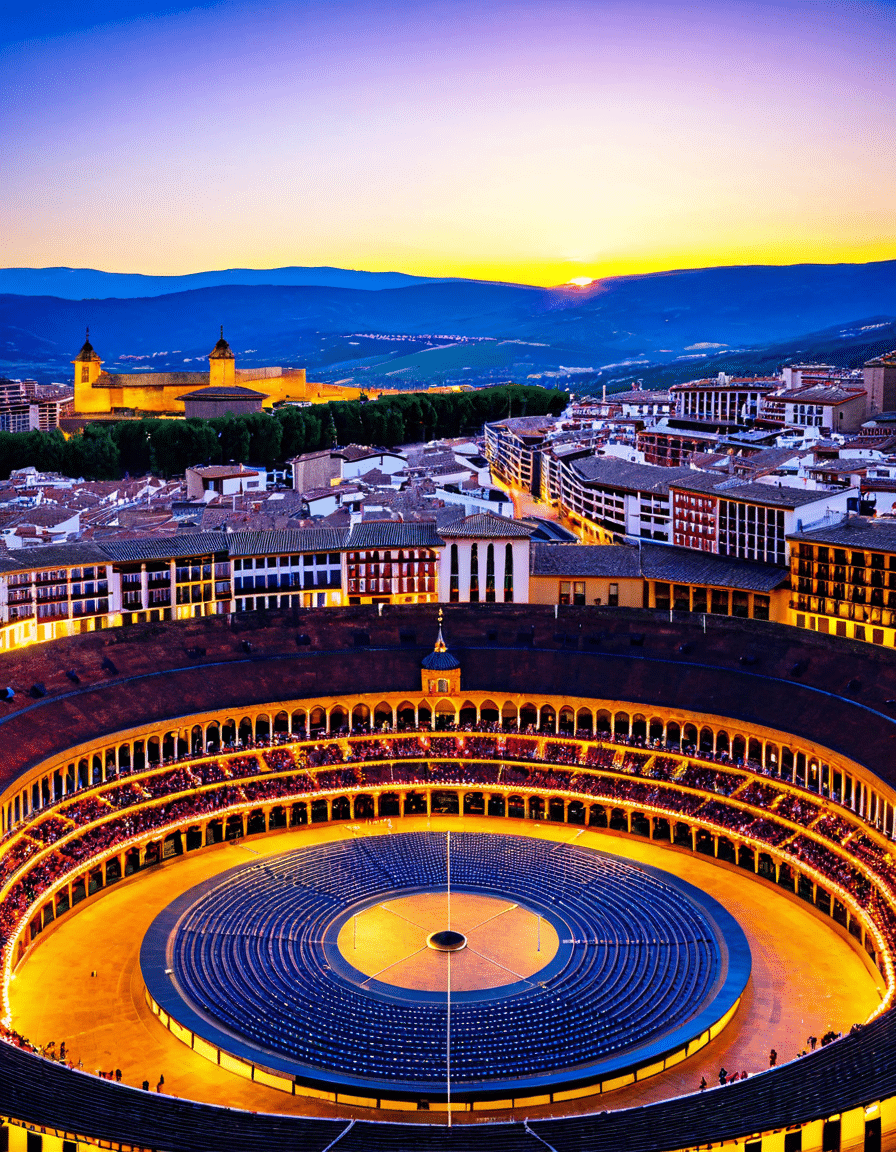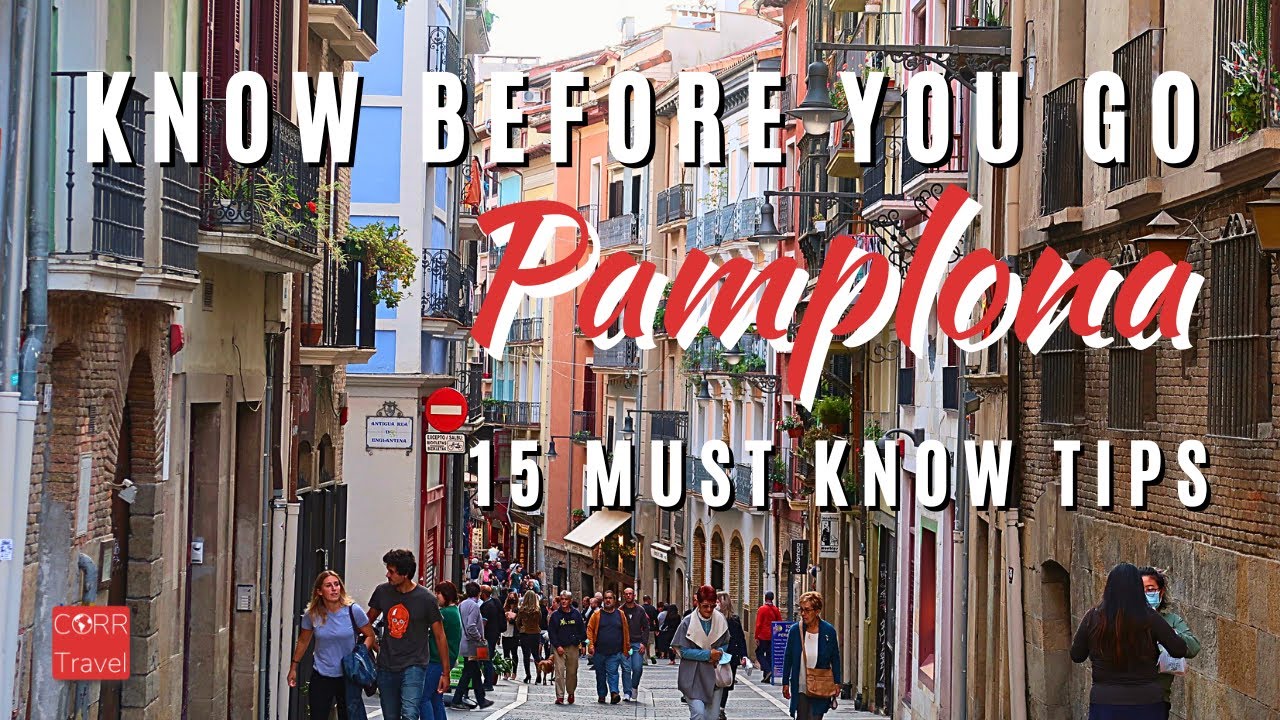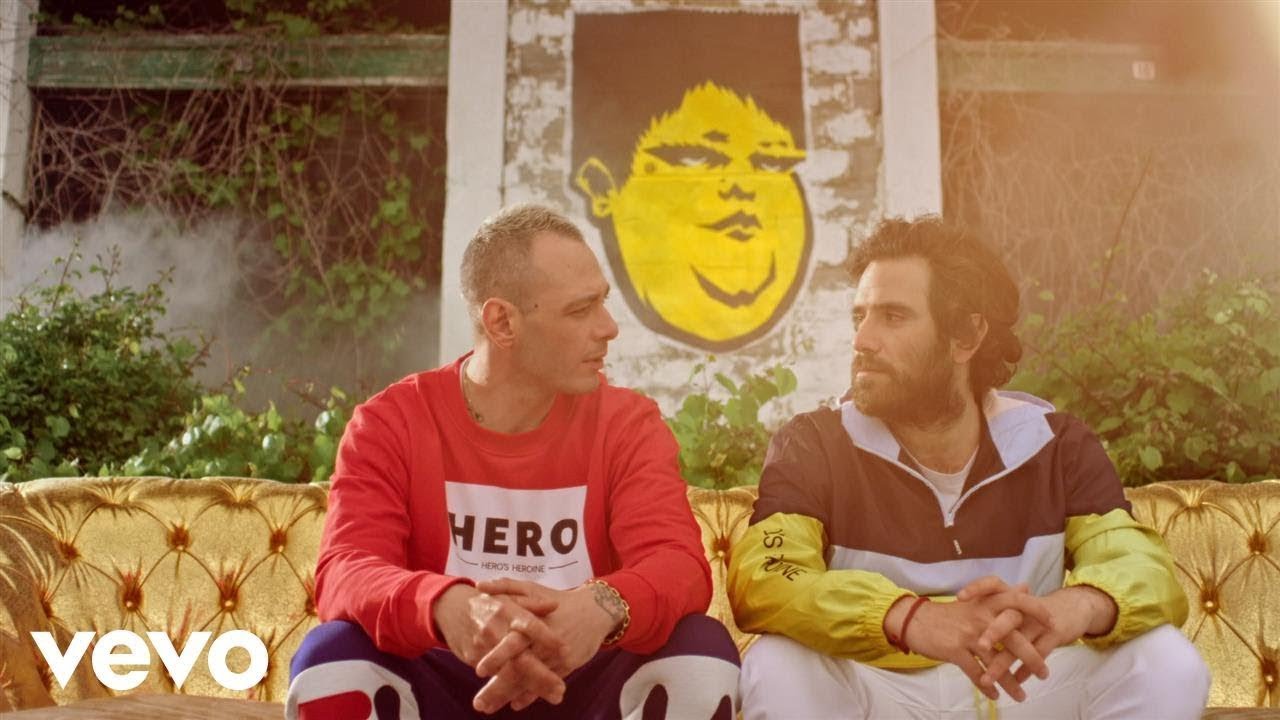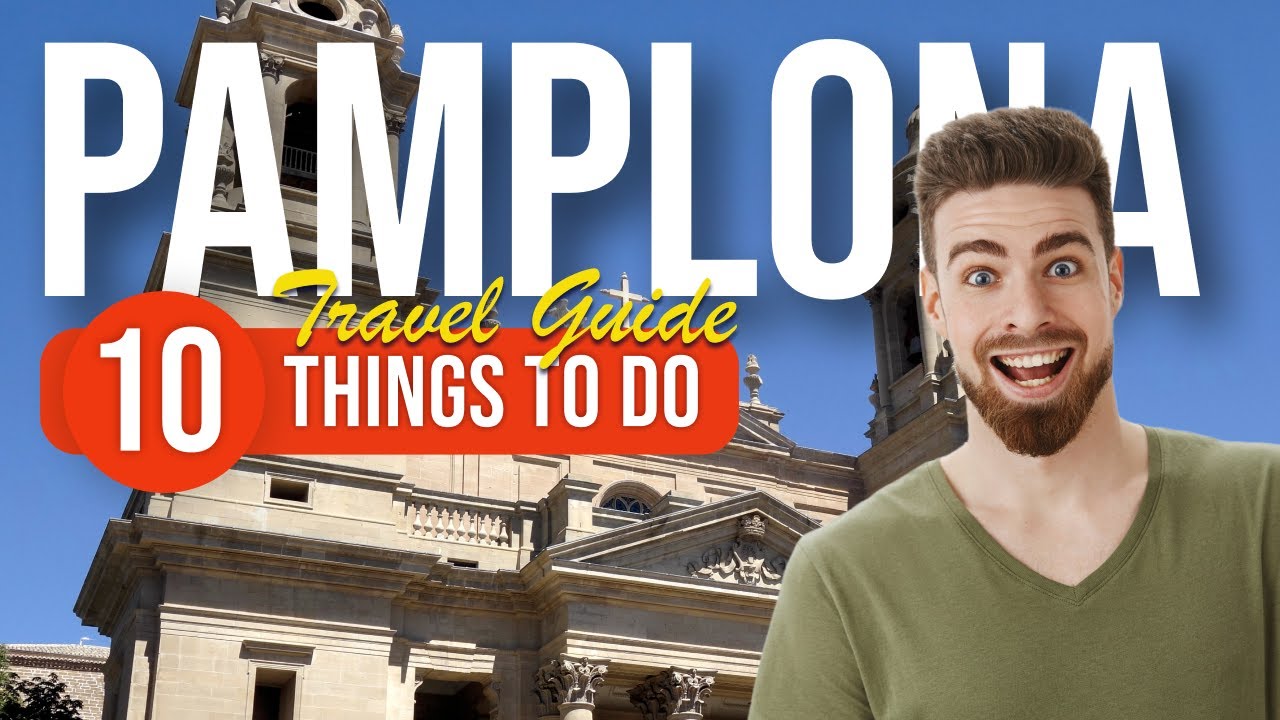Pamplona: A Deep Dive into Bulls, Tradition, and Community Spirit
The Festival of San Fermín in Pamplona, celebrated annually in July, is a lively cultural event that draws thousands of visitors from every corner of the globe. This cherished fiesta is famed for its heart-racing bull runs, but there’s a treasure trove of cultural richness waiting to be uncovered beyond just the thrilling spectacle. Join us as we delve into seven key facets of the Pamplona festival that capture its essence and showcase its significance within Spanish culture and identity.
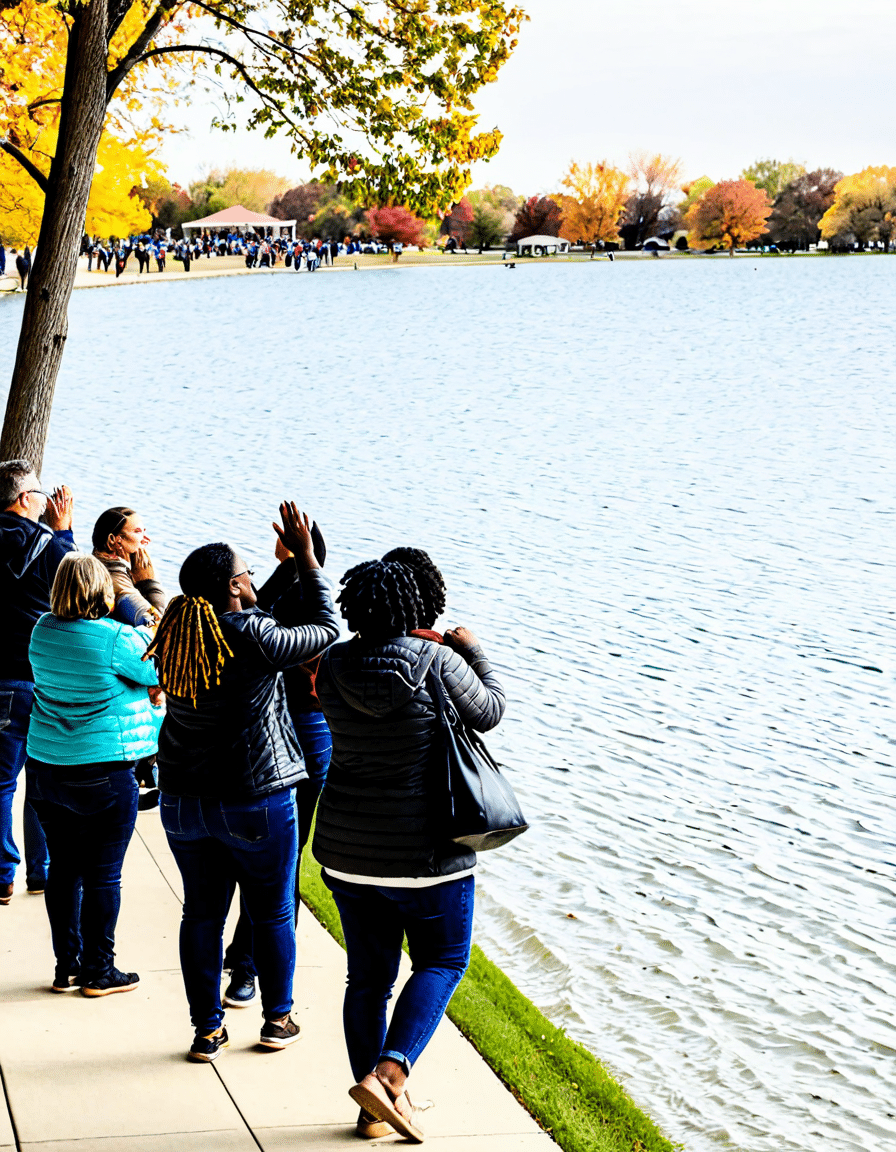
1. The Bull Runs: A Thrilling Tradition
At the core of the festival is the Encierro, or bull run, which sees fearless participants sprinting ahead of a waving herd of bulls through the streets of Pamplona. Every morning from July 6 to July 14, adrenaline junkies don their traditional white outfits topped off with vibrant red scarves, igniting the spirits of locals and visitors alike. This riveting ritual has roots dating back to the 14th century, making it a deeply woven thread of Pamplona’s cultural fabric. Ernest Hemingway immortalized the Encierro in his famous novel, “The Sun Also Rises,” casting an international spotlight on Pamplona and further embedding this exhilarating event into popular culture.
The sheer thrill of the bull runs isn’t the only reason travelers flock to Pamplona; it’s also the camaraderie among participants. Strangers become friends as they connect over shared excitement. The rush of running alongside these magnificent animals creates lasting memories, prompting many to return year after year.
But let’s not kid ourselves; the Encierro is not without its dangers. The potential for injury looms, given the unpredictability of bulls on a narrow urban course. However, it’s this very unpredictability that heightens the excitement and showcases human bravery at its finest.
2. The Role of the Community: Celebration and Controversy
The festival embodies a strong community spirit that tightly binds locals and visitors in a euphoric celebration. Each year, the streets of Pamplona come alive with a blend of laughter, music, and the thundering hooves of bulls. While this unifying force is a hallmark of the festival, it’s not without its controversies.
Animal rights organizations, such as PETA, have raised flags over the ethical implications surrounding bullfighting and the Encierro’s role in preserving animal welfare. This ongoing debate brings Pamplona to the crossroads of traditional customs and modern values. Activists argue that animal cruelty is incompatible with progressive cultural shifts, while others defend the festival as a pivotal part of Spanish heritage.
Local opinions vary greatly, and the clash of ideas fuels thoughtful dialogues rather than animosity. Many residents of Pamplona passionately believe that the festival holds cultural significance that should be celebrated and preserved. On the flip side, some locals acknowledge the need for change and are open to exploring alternative expressions of tradition that respect animals’ well-being.
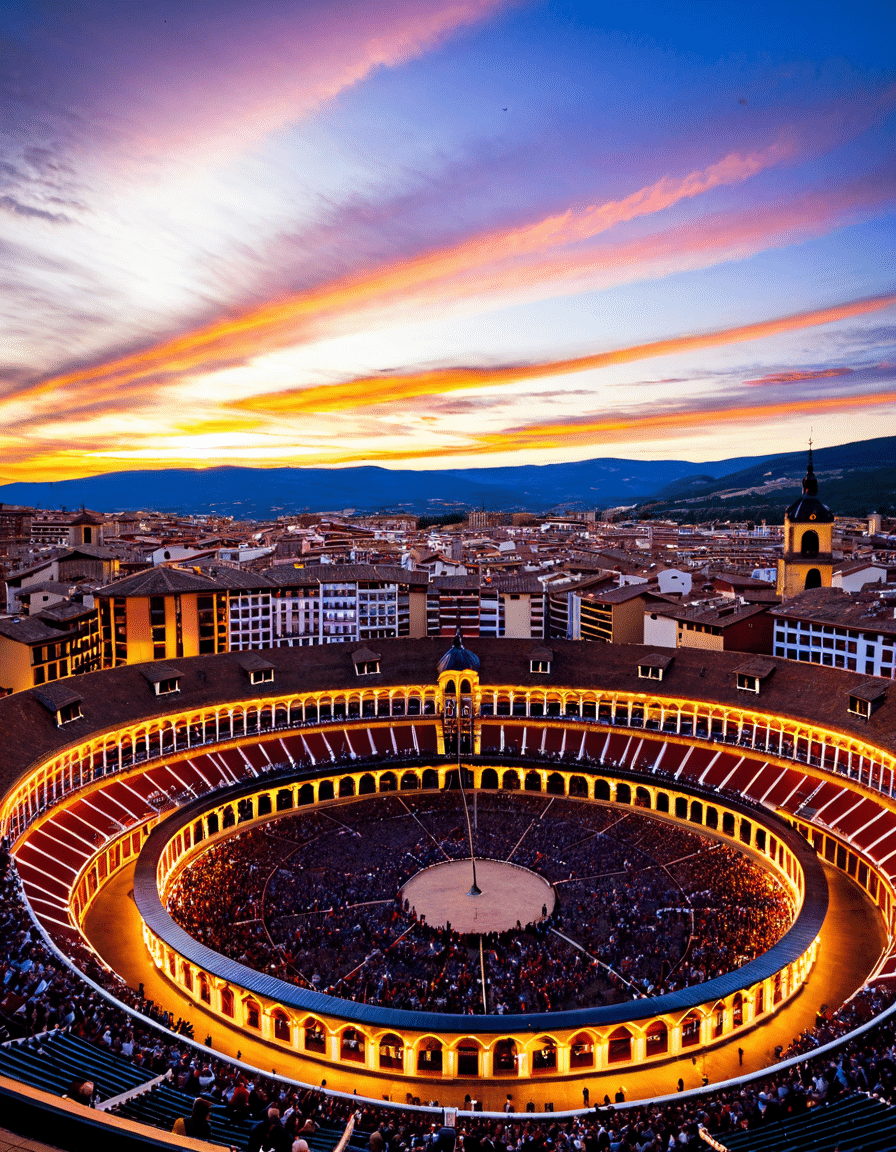
3. Culinary Delights: Fuego on the Plate
As the jubilant atmosphere unfolds, Pamplona bursts into a culinary spectacle that captivates food enthusiasts from all walks of life. Traditional Basque dishes take center stage, particularly pintxos—bite-sized snacks cleverly skewered and bursting with flavor. Bars like Bar Gaucho and Café Iruña serve up delicacies that reflect regional ingredients and local flair, igniting a gastronomic fuego that pairs perfectly with the festival’s chaos.
Exploring the local market scene is a must for any visitor. From local wines to artisanal cheeses, the tastes of Pamplona provide a feast for both the palate and the spirit. Each dish woven into the culinary tapestry tells a story of culture, artistry, and shared experiences.
Food is more than sustenance; it’s a means of bonding. As families and friends gather around tables, stories and laughter flow as freely as the drinks. The culinary experience during the fiesta offers a chance to savor the very essence of Pamplona’s identity while forging connections over shared meals.
4. Cultural Events: Beyond the Bulls
Beyond the thrilling Encierro, Pamplona hosts an array of cultural events that enrich the festival experience. Traditional music and dance performances clang through the streets, while choral renditions of beloved songs like “La Virgen Blanca” resonate with locals and tourists alike. The festival celebrates artistic expressions that emphasize themes like bravery, resilience, and unity.
A standout figure in the festival is local artist and activist Hilaria Gallego. Gallego uses performance art as a platform to explore cultural identity through her unique lens. Her efforts add layers of meaning to the celebrations, ensuring that Pamplona’s rich history shines through even amidst the chaos of the fiesta.
These performances elevate the festival atmosphere to new heights, captivating audiences and reminding everyone of the beauty of Spanish culture. They serve not only as entertainment, but as showcases of community pride and an affirmation of Pamplona’s lasting legacy.
5. The Global Influence: A Fiesta for All
The allure of the fiesta has crossed borders, inspiring similar events worldwide, such as the running of the bulls in Puerto de la Cruz, Canary Islands, and even the quirky “Running of the Wombat” in Australia. As other cities adopt and adapt elements of Pamplona’s celebrations, we witness a cultural exchange that invites exploration and social participation across varying interpretations, each artistically unique to its cultural backdrop.
This international enthusiasm highlights how Pamplona serves as a cultural beacon, drawing people together in the spirit of festivity. As folks embrace the thrill of the run, they forge connections that transcend boundaries, creating an opportunity for broader understanding and acceptance.
The expanding reach of Pamplona’s festival underscores the importance of community in a globalized world. Through such exchanges, traditions evolve while maintaining their essence, demonstrating the universal appeal of celebration.
6. The Cultural Significance of San Fermín
At the heart of the festival lies the veneration of San Fermín, the patron saint of Pamplona. This spiritual connection weaves through serenades and lively gatherings, with many participants flocking to the local Cathedral of Santa María de la Asunción for mass before diving into revelry. The harmonious blend of spirituality and festivity enriches Pamplona’s identity, rooted in age-old beliefs and rituals.
Honoring San Fermín is more than a simple tradition; it reflects the communal faith and dedication embedded in the city’s rhythm. This connection fosters a sense of purpose, as both locals and visitors engage in shared experiences that reverberate generations of pride.
What’s even more fascinating is how the celebration transforms Pamplona into a living tapestry of faith and festivity. As participants pay homage to their patron saint, they unite in joy and camaraderie, creating lasting bonds that contribute to the unique character of their beloved city.
7. Future of the Fiesta: Evolution or Tradition?
As the Pamplona fiesta marches into a new era, questions around its future arise. As societal values continue to shift, will the festival embrace change while preserving its storied practices? Local leaders and cultural advocates find themselves in heated discussions about maintaining the festival’s vibrant spirit while adhering to contemporary beliefs about animal welfare and sustainability.
Balancing tradition with modern ethical standards commands thoughtful consideration. While the bull runs form the exhilarating foundation of the event, the path forward could include reimagining aspects of the fiesta to resonate with a broader audience—one that values both thrill and compassion.
Local leaders must navigate these discussions thoughtfully, listening to their community, weighing options, and preserving Pamplona’s identity while adapting to changing landscapes. The festival’s future may well reflect the dynamic cultural dialogue, allowing Pamplona to retain its historical significance while meeting the demands of a more conscientious age.
In conclusion, Pamplona stands as a focal point of cultural pride, its fiesta a splendid mosaic of thrill, community, and culinary artistry. As participants immerse themselves in its historic charm, they explore the conversations surrounding the evolution of tradition. In the heart of each celebration, the essence of Pamplona resonates—a contemporary reflection of its storied past, creating a vibrant human tapestry of shared experiences, diversity, and a spirit of togetherness that lasts long after the last bull has run.
Pamplona: A City of Tradition and Thrills
Historical Context of the Fiesta
Pamplona’s famous running of the bulls has roots that stretch back to the 14th century. Originally a way for local merchants to transport cattle to the market, the event has evolved into a sensational display of daring and tradition that draws crowds from around the globe. Interestingly, this celebration coincides with the feast of San Fermín, the city’s patron saint. If you’re brave enough to test the streets of Pamplona, you’ll probably catch a glimpse of the vibrancy that mirrors the thrill seen in franchises like Chishiya.
Embracing the Spirit of Adventure
Every July, the city transforms into a bustling hub of festivities, from thrilling bull runs to a lively parade of traditional music and dance. Did you know that the bullfighting tradition isn’t just about raw thrills? It also embodies a deep respect for the animal, making it a unique aspect of Spanish culture. Visitors can also enjoy local delicacies like pintxos, which are little snacks served in bars, capturing the essence of hospitality that Spain is famed for. Like the characters in Revy Black lagoon, adventurers here experience an exhilarating journey packed with excitement and character!
More Than Bulls and Beats
Beyond the renowned bull runs, Pamplona showcases an array of cultural and historical treasures. The city’s architecture tells a story from the medieval era, enriched by modern twists, similar to how Bmf Season 3 Cast introduces fresh dynamics to an established narrative. Pamplona isn’t just a destination for thrill-seekers; it offers charming plazas, stunning cathedrals, and a captivating atmosphere that invites you to lose yourself in its beauty. To add more to your excitement, don’t forget to check out the nearby Powder Ridge for breathtaking landscapes. In essence, Pamplona is a captivating blend of heart-pounding tradition and rich culture, where every corner holds a story waiting to be discovered.
